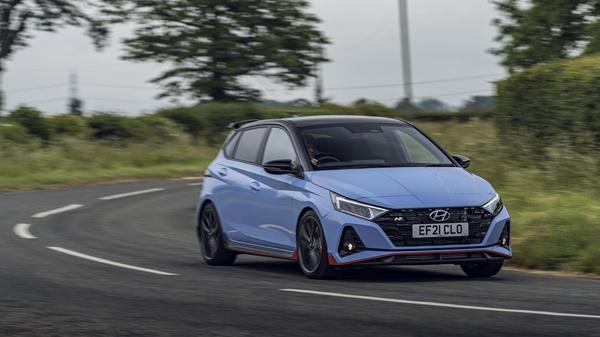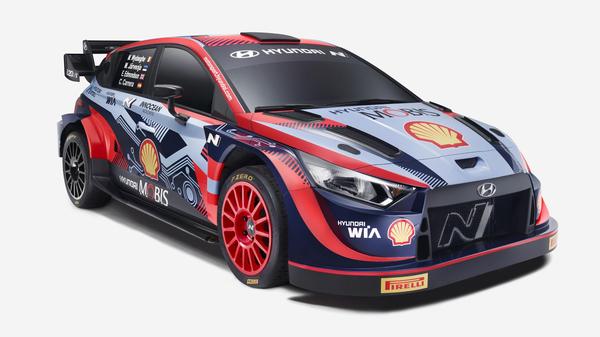Feature
Why even rally cars are going hybrid
500 horsepower hybrid rally cars based on familiar hatchbacks and crossovers may be the most spectacular electrified motorsport yet
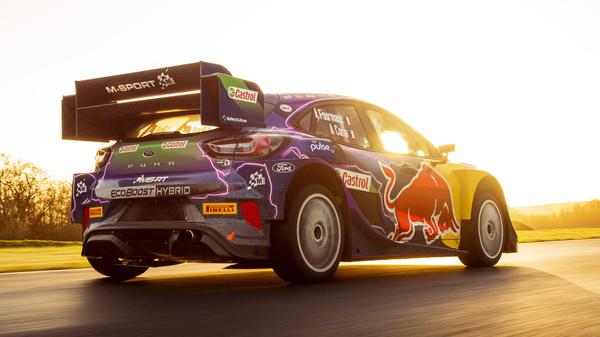

Words by: Dan Trent
Published on 17 January 2022 | 0 min read
Various technology honed in motorsport has found its way into road cars over the years, whether that be turbocharging, disk brakes or pop-out spoilers. But in this electrified age the flow of expertise is going both ways, as the latest generation of rally cars take hybrid versions the Ford Puma, Toyota Yaris and Hyundai i20 and turn them into wild looking, electrically boosted monsters capable of going flat out over mud, snow, gravel and tarmac alike.
From regular drivers to racers, hybrids are helping us all go further and faster on less fuel. And so it is with these top-flight rally cars. F1 has, of course, been using hybrid powertrains for years, and both touring cars and the latest generation of Le Mans Hypercars are following suit. Now it’s the turn of rallying, Ford unveiling its mad looking Puma WRC ahead of the first round of the World Rally Championship (WRC) later this month. Rivals include the Hyundai i20 and Toyota Yaris. On the driving side British hopefuls include Gus Greensmith in the Puma and Toyota’s Elfyn Evans, the latter hoping to claim his first title after finishing in the runner-up position the last two years.
From regular drivers to racers, hybrids are helping us all go further and faster on less fuel. And so it is with these top-flight rally cars. F1 has, of course, been using hybrid powertrains for years, and both touring cars and the latest generation of Le Mans Hypercars are following suit. Now it’s the turn of rallying, Ford unveiling its mad looking Puma WRC ahead of the first round of the World Rally Championship (WRC) later this month. Rivals include the Hyundai i20 and Toyota Yaris. On the driving side British hopefuls include Gus Greensmith in the Puma and Toyota’s Elfyn Evans, the latter hoping to claim his first title after finishing in the runner-up position the last two years.
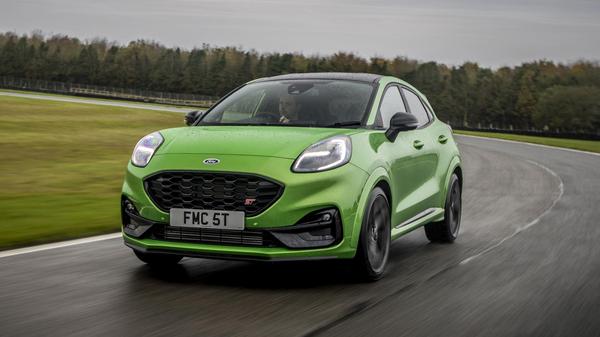
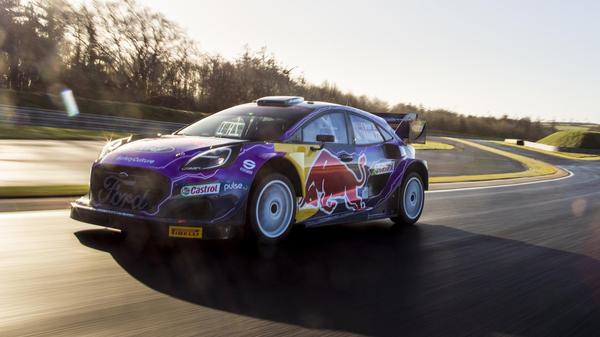
So how does the Ford Puma you see here relate to the ones you can buy from your local Ford showroom? On the face of it they both have hybrid technology, the road version available with a mild hybrid (or MHEV) boost to the petrol engine while the high-performance Puma ST we enjoyed so much recently seemingly has the driving manners of a road-going rally car.
The regular Toyota Yaris is, meanwhile, a full hybrid capable of travelling short distances on electric power with the petrol engine shut off. It also has a high-performance cousin, the GR Yaris, which has four-wheel drive and a powerful turbocharged engine just like its WRC equivalent. As for Hyundai it’s recently launched its stellar i20 N hot hatch, which channels the spirit of the rally version into a brilliantly fast and fun road car.
The regular Toyota Yaris is, meanwhile, a full hybrid capable of travelling short distances on electric power with the petrol engine shut off. It also has a high-performance cousin, the GR Yaris, which has four-wheel drive and a powerful turbocharged engine just like its WRC equivalent. As for Hyundai it’s recently launched its stellar i20 N hot hatch, which channels the spirit of the rally version into a brilliantly fast and fun road car.
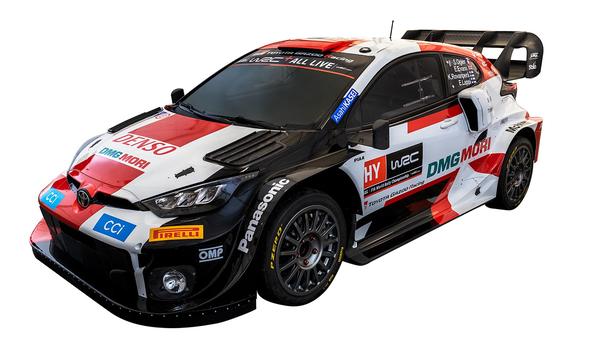
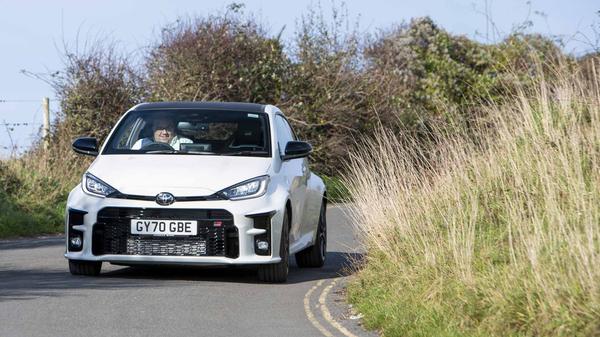
True, the hybrid technology in the new WRC cars is somewhat more sophisticated than that in your regular hatchback or crossover. But the principle is the same, and means the drivers get a temporary electric boost to the turbocharged petrol engine and deploy as much as 500 horsepower for short bursts, the battery regenerating under braking to do it all again. Between stages they can even cruise for short distances on electric power alone. Just like your road car the black boxes figure out when and how the electric boost is delivered, according to how hard the driver pushes the accelerator.
So, while this Puma might not look a whole lot like the one you can buy to drive on the road there is at least a shared hybrid spirit. And a flow of technology and expertise going both ways to make both road and rally cars faster and more efficient.
So, while this Puma might not look a whole lot like the one you can buy to drive on the road there is at least a shared hybrid spirit. And a flow of technology and expertise going both ways to make both road and rally cars faster and more efficient.
